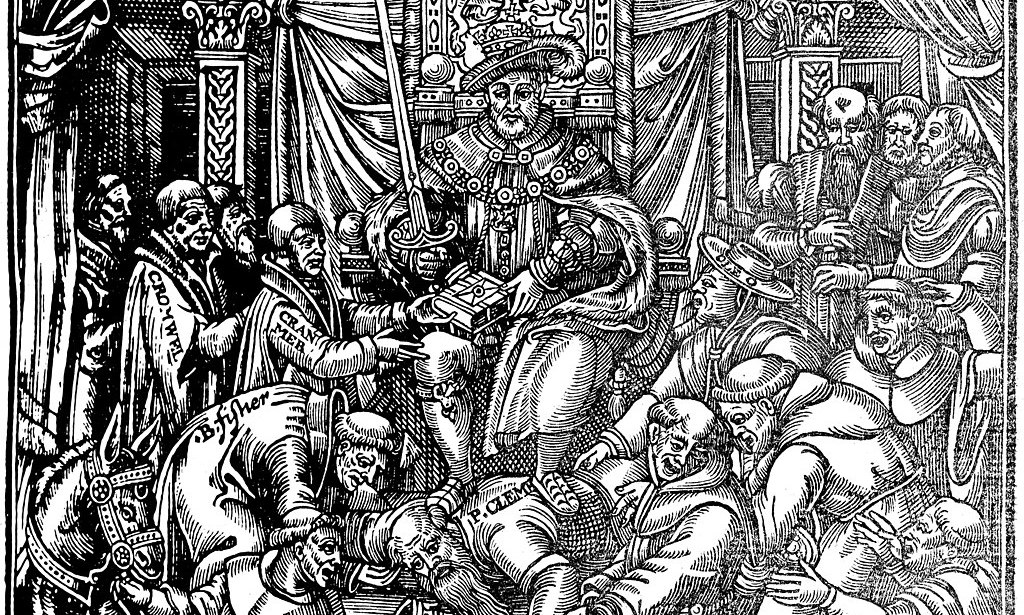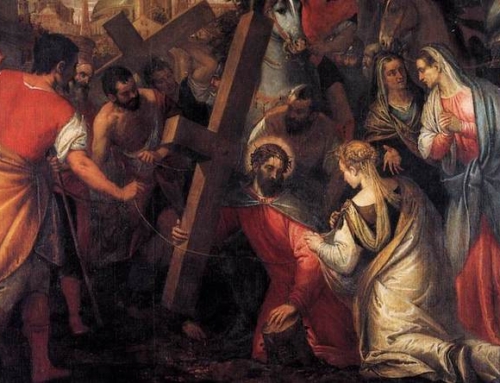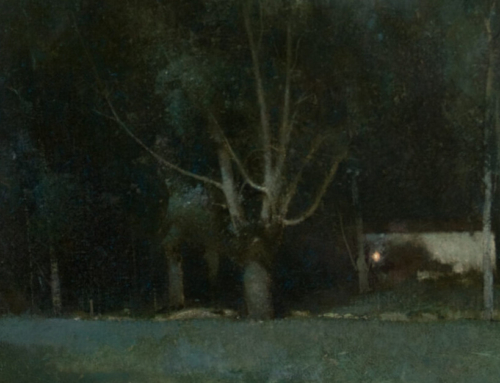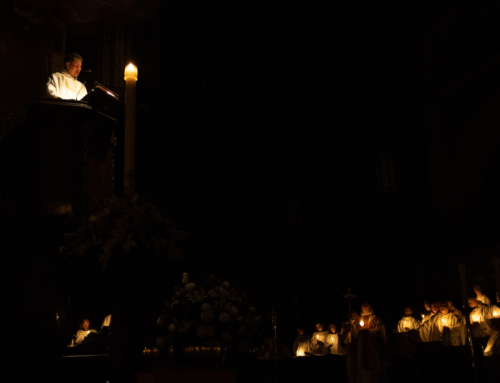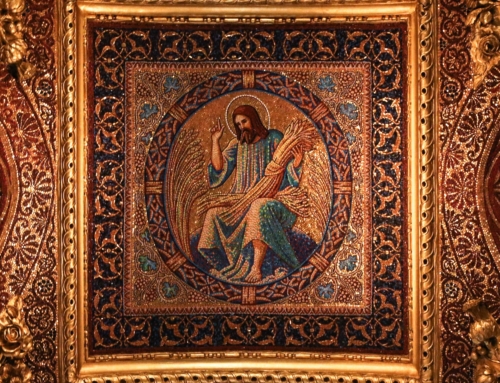2021 Summer Reading Recommendations:
The Stripping of the Altars: Traditional Religion in England, 1400-1580 by Eamon Duffy
Many Catholics have at least heard of the English King Henry VIII and the Anglican Church, even if they don’t necessarily know the details of how the former established the latter: “Something about a divorce . . . .” If you are looking to remedy that hazy understanding, read on.
Academic circles before the 1980s agreed that the English Reformation was a grassroots movement in response to an immoral clergy and an ineffective institutional Church. However, since Eamon Duffy’s The Stripping of the Altars: Traditional Religion in England 1400-1580, there has been a paradigm shift amongst scholars’ understanding of the English Reformation. The main thrust of Duffy’s argument is to debunk any idea that the Catholic Church of England on the eve of the reformation was a rotting stump ripe for a religious revolution and easy to kick over. Based on the evidence, Duffy firmly believes that the English Reformation was fundamentally a top-down affair, forced upon the people by the English Crown. “Reforms” came by royal decree—at times, even rubber-stamped by parliament.
Duffy tells the tale of two Englands: the first, a late-medieval England and its thriving Catholicism; the second, an England led by “reformers” undoing its inherited Christianity—at first a slow ebb, but eventually a violent torrent. To give a taste for Duffy’s book, on the whole, I will offer two examples: sacred images and the Eucharist.
Under Henry VIII (r.1509-1547), though the parishes were commanded to destroy sacred images being “worshiped,” some were very slow in heeding these commands. When the time came to get rid of them, they would “sell” images and statues to parishioners who protected them from the destructive tendencies of royally reformed authorities. In the very brief period of Catholic restoration under Queen Mary (1563-1568), altar stones, holy images, statues, vestments, candles, Masses for the dead, and Latin suddenly reappeared in churches after having been outlawed for years. If Henry VIII’s officials did not want the physical remains of Catholicism to survive, it seems that a fair number of the laity did.
By the time the early 16th century rolled around, the elevation of the Eucharist at Mass—the “sacring,” as it was called—had come to be the devotional highlight for the laity. “Sacring” bells were purchased to alert worshippers, extra candles were donated to illuminate the Host, and the number of Masses multiplied in the parishes. A leading English reformer—the Archbishop of Canterbury, Thomas Cranmer—mocked such humble and adoring faith when he bitterly asked, “What moved the priests to lift up the sacrament so high over their heads?. . . or the people to say to the priest ‘Hold up! Hold up!’. . . or [for them] to say ‘This day have I seen my Maker’?” Why, Cranmer asked, did so many priests and their people “kneel at every sight of the sacrament?” Cranmer irritably answered his own question: “they worshipped that visible thing which they saw with their eyes and took it for very God” (98). Concurring with that answer, one laywoman—a certain Margery Kempe—stated the Eucharistic belief of the average medieval English Christian:
“If he [the priest] [should] say duly the words over the bread that our Lord Jesus Christ said when he made his Maundy among his disciples [while] he sat at supper, I believe that it is his very flesh and blood and not material bread; and never may [these words] be unsaid, be [they] once said.” (110, my adaptation)
Ranging from archbishops to “old church ladies,” Duffy’s work contains an abundance of primary sources. For anyone interested in the English Reformation, and especially anyone interested in medieval Catholicism, I recommend Stripping of the Altars. By citing parish ledgers, personal wills of the laity, liturgical primers, private prayers, guilds, parish processions and plays, Duffy makes the case that Catholicism was anything but a rotting stump at the time of Henry VIII’s schism with Rome.
✠
Image: Unknown artist, King Henry VIII of England and Pope Clement VII from John Foxe’s Acts and Monuments (1641).

